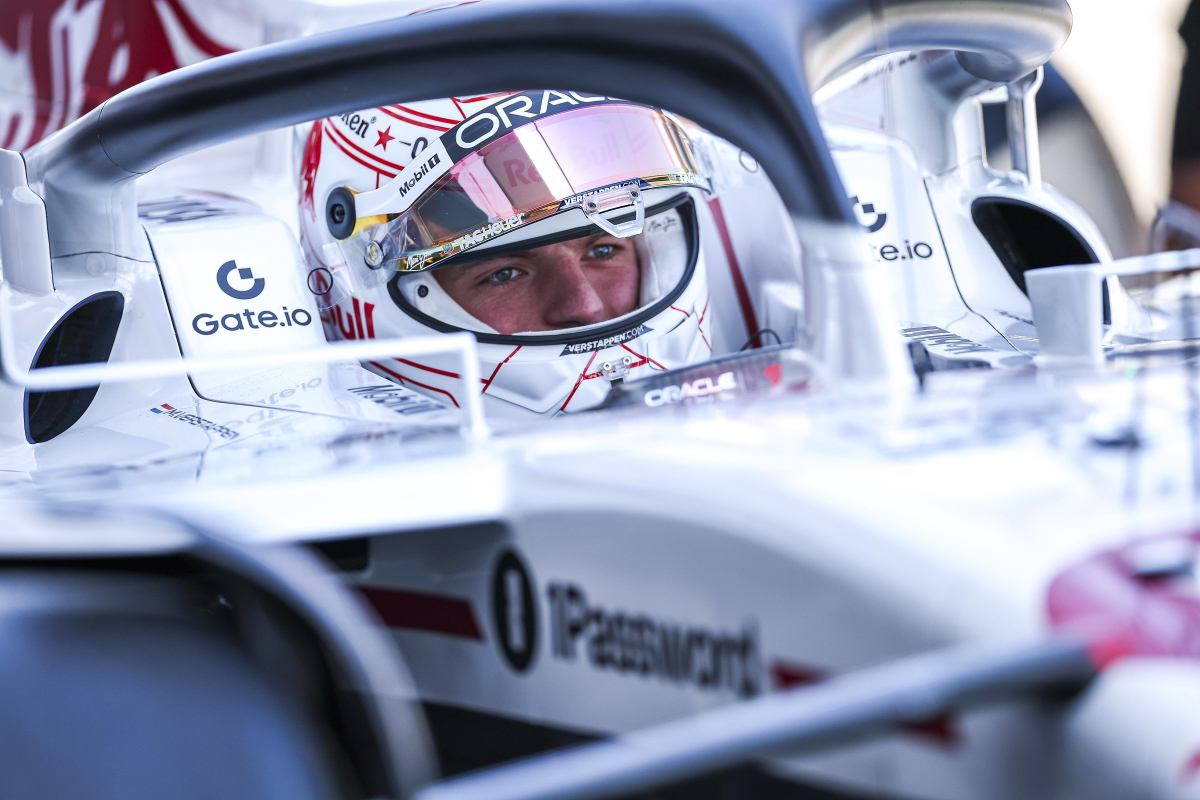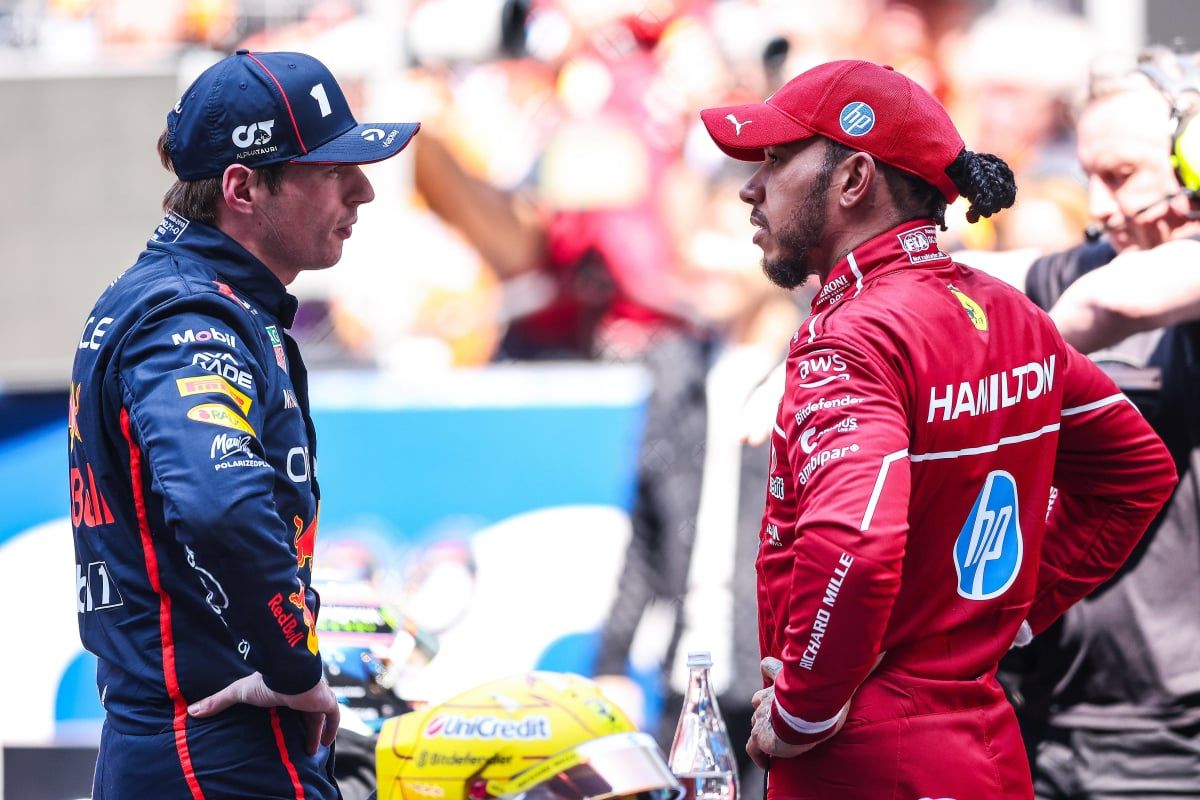The Great F1 Glove Box Debate: What Belongs Inside a Racer’s Secret C….read more
In the ever-evolving world of Formula 1, where technological advancements and radical design experiments are commonplace, it’s easy to forget just how far the sport has come in its 75-year history. From six-wheeled machines to cars experimenting with multiple rear wings or none at all, F1 has never shied away from bold engineering concepts. But one thing has consistently been left out of the equation: glove boxes.
Yes, those little compartments you find in every road car, typically used to store registration papers, sunglasses, and the occasional snack, have never made their way into the world’s fastest racing machines. It makes sense — F1 cars are built for speed, precision, and the absolute minimum in unnecessary weight. Still, that hasn’t stopped us from wondering: what if things had gone a different way? What if, through some quirk of motorsport evolution, glove boxes had become standard in every Formula 1 car?
Welcome to a new GPFans feature called “Rest Week Thought Exercises.” During those weekends when there’s no racing action to analyze, we’re diving into some of the more amusing, quirky, and imaginative aspects of the sport that don’t often get explored. This edition of our offbeat series is all about glove boxes — a concept so common in everyday cars yet completely foreign to the F1 grid.
So, let’s have some fun: if F1 cars did have glove compartments, what would drivers keep inside them? More importantly, what should they keep?
For starters, the most obvious answer is snacks. Races can be long, mentally draining affairs. While drivers do have hydration systems, a compact energy bar or a small tube of glucose gel could provide that extra kick during a particularly grueling stint. Don’t expect a sandwich or a full meal — we’re still talking about highly optimized machines here — but a quick bite wouldn’t be out of place.
Then there’s the idea of keeping a cheat sheet — not for cheating, of course, but for strategy. While drivers are already in constant communication with their engineers, having a quick-access laminated card with key race strategy points, emergency procedures, or even track-specific tips might be handy, especially in chaotic weather or red flag scenarios.
Spare gloves could also make an appearance. They’re not called glove boxes for nothing, after all. While it’s rare for a driver to need a second pair mid-race, accidents and unexpected wear could make a backup pair surprisingly useful.
Humour could have a place in the glove box too. A mini stress toy shaped like a rival’s car, a funny photo for morale, or even a good luck charm might find its way into a driver’s stash. F1 drivers are, after all, as superstitious as they are competitive.
Finally, there’s the truly practical stuff. Imagine a mini toolkit for steering wheel adjustments, a spare radio battery, or even a tiny cloth to wipe a misted visor — all things that could make a difference in those marginal moments.
Ultimately, while glove boxes in F1 cars will likely remain a fantasy, it’s an amusing way to think about how even the most elite professionals have human needs — be it comfort, convenience, or a lucky trinket. So, next time you watch a race, picture your favorite driver reaching into a tiny compartment mid-lap. What do you think they’d pull out?
It may sound absurd, but that’s what rest week thought experiments are for — pushing the limits of imagination in a sport that already defies expectations.




